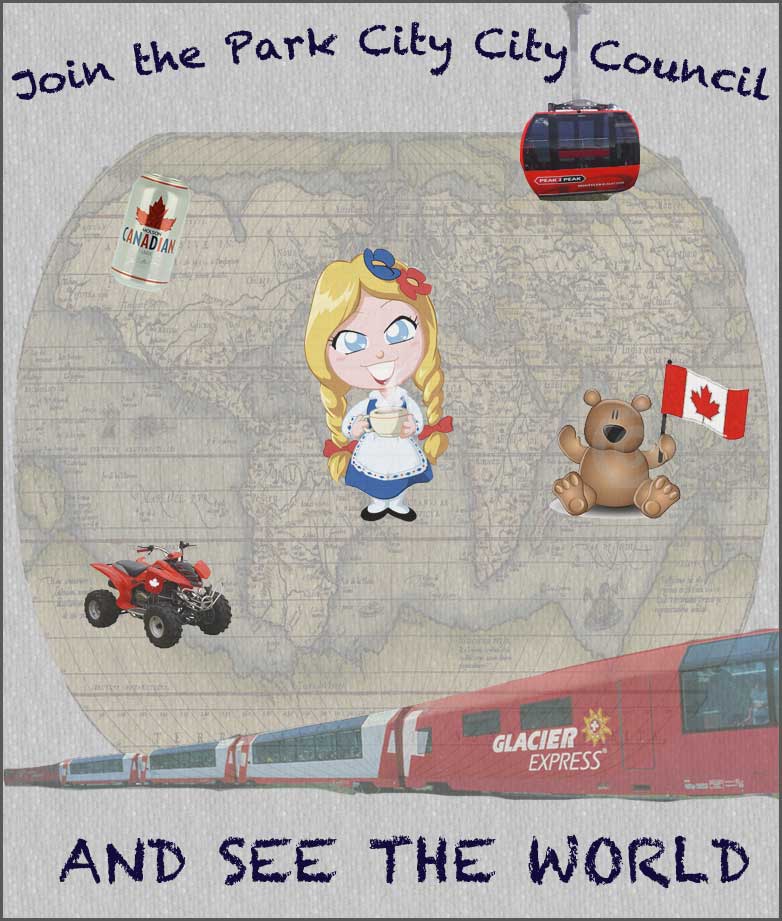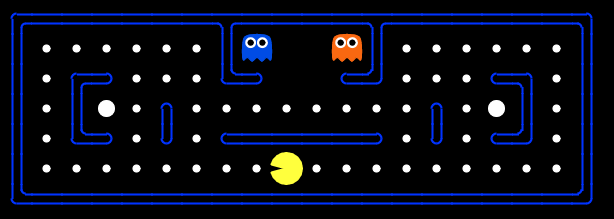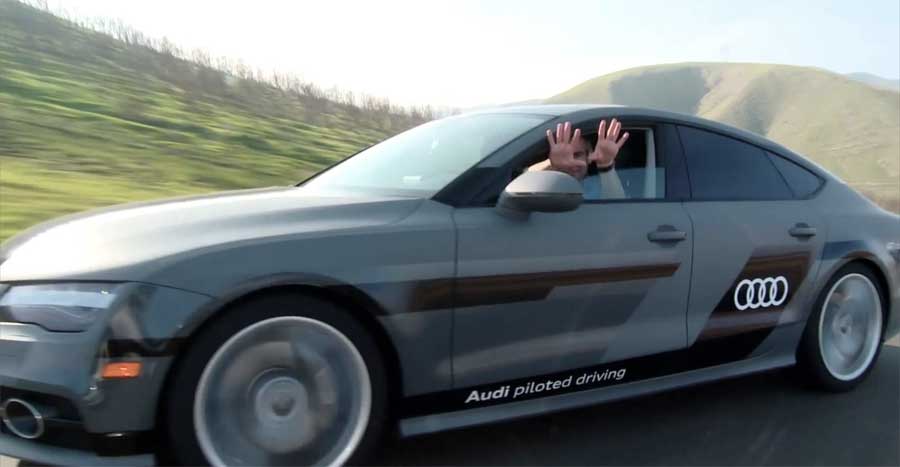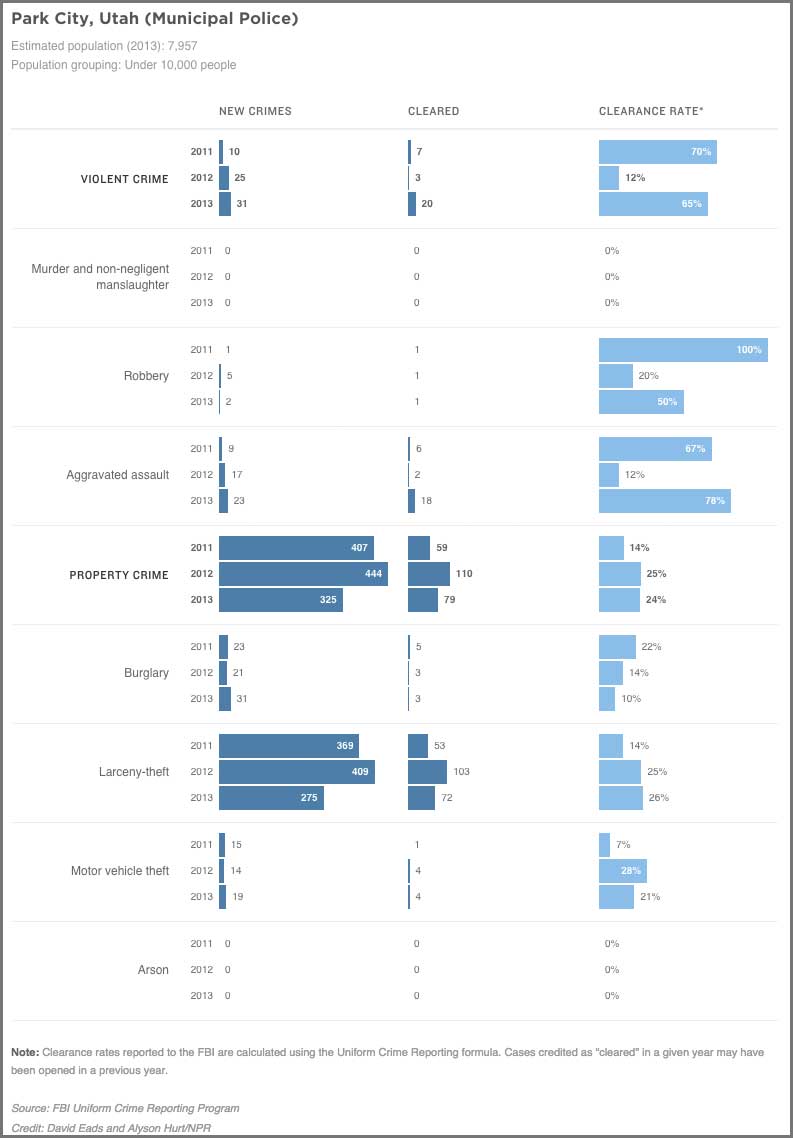At Least They Didn’t Pick the Spa Option
We were looking through the proposed itinerary for the City Council’s proposed trip to Whistler. City staff of course recommends that they go on the trip (their decision matrix could find no issue with the trip). However, that wasn’t the surprising thing. What’s surprising was the list of possible activities:
![]()
City staff recommended the bear viewing and ATV tours as part of the proposed schedule. Priceless.
If the Jordanelle Special Services District wasn’t in so much trouble, we’d bet they would have done the Jet Boating too, just to see if it was enough fun to warrant annexing Jordanelle Reservoir.
We’re glad it’s not our tax dollars.
Is Our School’s Dual Immersion Program Like Pert Plus?
If you have kids in school, dual language immersion is probably a concept you love or hate. Dual language immersion (DLI) is a program where students spend half the day in English with one teacher and half the day with another teacher in a second language (French or Spanish). DLI has been a hot issue around Park City, as many parents have been upset that not all kids were able to participate into the program.
Yet we’ve always wondered, are you sacrificing either the language component or the educational component when you try to combine them. Much like we don’t trust a two-in-one shampoo and conditioner like Pert Plus, are we getting both the best French Teacher and the best Science teacher when they try to combine the two?
We were reminded of this yesterday when we listened to School Board member Moe Hickey tell a group of people that in New York City that all you had to do to become a teacher was sign your name on a piece of paper. His point was that there is a shortage of teachers and that is leading to unqualified teachers educating children. He then said that the same problem was headed to Utah. He did qualify his comment with, “not Park City though.”
Mr Hickey’s comments started us thinking about DLI. If it’s hard enough to get a competent teacher, how hard is it to get a competent teacher who is more than fluent in a foreign language, fluent in English, and knows a subject inside and out?
We don’t know the answer, but common sense tells us that it’s something to keep an eye on.
EPA Results on Treasure Mountain School Soil Will be Released April 8th
We reached out to Park City School Superintendent, Dr Ember Conley, to receive a copy of the EPA test results of Treasure Mountain Junior High School Soil. The EPA tested the soil in December and DR Conley recently stated that levels of some contaminants were elevated. In subsequent discussions we have heard school district personnel state that there is no imminent danger to students.
Dr Conley responded that she would be on KPCW on April 7th to talk about the results and would release the results on April 8th.
Our Hope for the School District to Relocate to the Triangle Parcel is Dead
A few months back we wrote a plea for the Park City School District to consider making a school campus on the east side of highway 40. We felt they should move the entire Kearns campus there, which would allow Park City to redo their entry corridor as they saw fit. People wrote us with great ideas about how the space vacated on Kearns could become artist in residence housing, open space, low income housing, condos…all sorts of things.
We noted the Triangle Parcel, a piece of land owned by Park City and Summit County (where you’ll often see alpacas), wasn’t in our district boundaries, but that it made so much sense for our schools that they should work out a deal with South Summit School District. The new campus could be made with expandability and shared services in mind. It could be designed with a transportation plan integrated into its design. Our students, teachers, and parents could have the best of everything — with 21st century education, placed at the forefront.
At tonight’s Master Planning School Board Meeting, School Board member Moe Hickey effectively said they would not be looking outside our school district boundaries to put a new school (i.e, the Triangle Parcel). Of course he said that people “keep talking about it” but they need to know it’s probably not going to happen. What do ordinary citizens know? Not much we guess.
So, while we are a little disheartened, we understand it. However, we hope those people in position to influence outcomes such as these understand it too. When they rebuild Treasure Mountain on Kearns Boulevard, and also move 9th grade into the High School, causing 400 extra cars on Kearns… all the while knowing that Park City Heights is coming online and adding 200 homes, which will further increase the traffic jam on 248, we will remember who made those decisions.
We’ll do our best to help everyone remember.
Perhaps we’re bitter. No, we’re definitely bitter. We thought this was a great opportunity to enable both our students and faculty to operate in a world class facility that could help regain the prominence our school district saw in the 2000’s.
Unfortunately, it doesn’t look like that is going to happen. We wish them luck…but only because it’s our students’ futures at stake.
Live Blog: Master Planning Committee Meeting
We live blogged tonight’s Park City School District Master Planning Committee meeting. This was the first meeting, of three, where citizens who wanted to be part of the process joined the committee.
There actually not a lot of meat here. Our impression was that citizens were hoping to provide more input. Perhaps that will change in the second and third meeting. Click below for the play-by-play.
(more…)
Bertha’s Big Bust and Why Even Though Mountain Accord May Want A Tunnel It May Not Be That Easy
The word tunnel has taken on a different connotation since the Mountain Accord came to town. Mention the word in your local coffee shop and we bet some voices will get raised. Yet, we haven’t heard much discussion over whether a tunnel is actually feasible. It seems that people assume that since the mining industry did it years ago, it’s no big deal. Yet just like going to the moon, where many people say we no longer have the technical capability to put a person on the moon, we wonder if digging a tunnel from Alta to Brighton to Park City would just take the snap of our fingers and a few million dollars.
Enter the tale of Big Bertha, Seattle’s $80 million tunnel drill that gave up digging after just 1,000 feet of her 9,000 foot mission. She now has to be craned out of her tunnel, 120 feet deep in the ground, one piece at a time, in order to be fixed. The tunnel was scheduled to take about 3 years and now looks like it will take at least 5 years to complete… and over $2 billion.
It appears she ran into trouble with type of the soil and rock she was devouring and she finally just gave up when her teeth clogged and her seals started to bust. The article describing her adventure is a great read. It just doesn’t deal with the tunnel but also talks about traffic flow, gargantuan projects, and urban planning. Some of the quotes, that seem to apply to our situation include:
“Megaprojects almost always fall short of their promises—costing too much, delivering underwhelming benefits, or both. Yet from the London-Paris Chunnel to Boston’s Big Dig, cities still fall for them, seduced by new technologies and the lure of the perfect fix. A mix of factors has given Seattle a particularly acute sense of angst.”
“Moon’s[a Seattle urban planner] coalition said Seattle should follow New Urbanist examples, such as Seoul, Milwaukee, and Portland, Ore., that replaced highways with smaller surface streets, public parks, and dedicated lanes for mass transit and biking. Instead of seeing gridlock, those places found car trips declined as people opted for other means of transport or changed their plans and didn’t travel as far.
“Bent Flyvbjerg, a professor at Oxford’s Saïd School of Business, has followed Bertha from afar. His research on megaprojects has been cited by both backers and critics of the tunnel. Nine times out of 10, massive infrastructure jobs go over budget, he says. Tunnels on average cost 34 percent more than anticipated. No region is better at predicting costs, and estimates over the past century haven’t become more accurate, his data show.”
This isn’t to say that a 4-6 mile (as the crow flies) tunnel couldn’t be built here. However, now we now don’t take that outcome as given. It’s not just a question of should we. It’s also a question of could we. We still believe that most people don’t want the tunnel. Now, if we add on to that the by asking “could we even build it?” Then, “if we start to build it, how much more will it cost than we think” it just leads to an obvious answer.
Can we please just implement Zions Park style busing in the Cottonwoods and limit the number of riders per day up the canyons? There you go. Watershed preserved. That’s what this is all about … right? That should save us about $5 billion.
Please take a chance to read the article, Stuck in Seattle — The Aggravating Adventures of a Tunnel Drill, if you are interested.
We’ve Finally Found a Good Use for Kimball Junction
Can’t get enough of Kimball Junction? Wish you could spend more time aimlessly wandering the streets? Do you like to imagine you are being chased by ghosts? Well, today is your day.
The fine folks at Google have made it possible to play Pac-Man using Google Maps. We don’t have a dense enough street system to play in most parts of Park City (transportation folks, if you could work on that, we’d appreciate it). However, our old friend Kimball Junction has just enough density (and roundabouts) to outsmart Blinky, Inky, Pinky, and Clyde.
Click below to go to KJ on Google Maps and then click on the Pac-Man icon in the lower left hand corner. Loads of fun!
Go to Google Maps (Kimball Junction)
Pro-Tip: Make sure you click the speaker icon to turn on the sound and bug the living **** out of your work-mates :-).
Update: We’ve found some other places to play:
Our Proposal for Easing Traffic and Diversifying Our Economy
They say growth is coming and our traffic will only get worse. To date our local government solutions have centered around the bus… iPhone apps to tell you when the bus is arriving, transit centers to make bus connections easier, circulating buses around Kimball Junction, bus only lanes to speed by cars, more ads trying to convince you to ride the bus, buses with wifi, making parking more expensive to “encourage” you to ride the bus… you get the idea. That’s not to say our officials haven’t had other ideas, but plans seem pretty bus-centric.
The problem with this is no one we know is excited about buses. We may view it as an inevitability but we hope that day doesn’t come tomorrow. In many ways our community isn’t setup for buses. Driving 5 minutes to park at a bus stop, to only wait 20 minutes for the bus, then ride for about as much time as it would have taken to drive, and finally walk further once you arrive isn’t going to get the average working person excited about the bus. Throw in our winter weather (which we are convinced is going to eventually come back) and no thank you. No amount of public service announcements or wi-fi is going to get most people out of their car.
With that in mind, late last week we wrote to our Summit County Engineer with a suggestion: Pursue self driving cars and more importantly pursue Google.
Google has been testing self driving cars in California where they’ve logged over 700,000 miles. They’ve been approved for testing in California, Detroit, Nevada, Florida, and Coeur d’Alene Idaho. They help solve traffic issues in a number of ways, as they are programmed to optimize traffic flow and take optimal routes. Besides individual cars, driverless mini-buses and vans also operate autonomously to transport groups of people more efficiently using technologies similar to combining Uber with carpools. Google believes they are about 5 years away from wide-scale testing. What are two of the biggest impediments? Heavy snow and bright Sun.
What a coincidence. Park City has a traffic problem. Park City has heavy snow. Park City has bright sun.
Therein lies a huge opportunity. If Summit County could convince Google to come here and make this its high altitude test facility it does a number of things. Our infrastructure would likely be updated and prepared to handle driverless cars by Google. Our population (which is wealthier than most) would have a reason to invest in the technology for their “local” car. It would up Park City’s brand as not only a resort destination but a technological leader. It would also be likely that there could be a bright, shiny new building in the Boyer Tech park that says Google on the side.
Why would Google choose Park City? As stated before, our weather-type needs to be accounted for by this technology. Our road system is fairly simple (I-80, Highway 40, 224 and 248 are main arteries) to reduce variables in testing. Our population could generally afford the car (expected to be about $5,000 more than a regular car). They have the opportunity to drastically reduce our traffic problems which would be a huge selling point to other locales. Our political bodies have shown a willingness to work with large companies who have a big vision (i.e., Vail).
In 1-3 years Google could be running autonomous cars around the Basin testing them. A couple of years after that, select Basin “drivers” may get permits for owning their own machine. The next year, wide scale adoption could happen. In 5-10 years autonomous, Uber style mini-vans could be roaming the Basin picking up like-passengers travelling to like-destinations. In the meantime Google has set up shop and its likely a few technological cohorts would follow.
In many ways it seems like a no brainer to at least try. Unlike buses, or even rail, something like this has the potential to stimulate our citizens’ imagination. Do we want to throw another million dollars at bus-related ideas or instead try something that at least has potential? At its worst, it likely kickstarts a technological business or two in the Basin. At its best perhaps we begin to solve our transportation problems, help spawn a new industry, bring other tech players here, diversify our economy, and maybe (we could dream) find a way to get every resident Google Fiber Internet service.
Is all of that likely? No. But least it has a chance of success. More importantly it has the chance to capture the public’s spirit and imagination.
We can’t look to solutions they use in large, dense cities to solve our problems. We are different. We also can’t look to the past to solve tomorrow’s problems. If they were going to work, they already would have.
We have a unique chance to do something special. We can either seize that opportunity and lead or sit back and wait on our citizens to ride buses.
We hope our leaders choose to do the former, because if we choose the latter, we are likely going to be waiting on that bus for a long, long time.
Here is additional information on driverless cars. They are not a fantasy — like something out of the Jetsons. They are very real and coming fast:
Mercedes Self Driving Prototype
Uber to develop self driving cars
Autonomous car driving across country for the first time
Audi SUV self drives around Las Vegas
How Effective is our Law Enforcement at Solving Crimes?
Today on KPCW (NPR) they reported a story called Why 1/3 of Murders Go Unresolved. Along with this story, they have a crime search tool that let’s you see how your local law enforcement is doing. We decided to search Park City and Summit County. Some of the interesting findings are that violent crime has increased 300% between 2011 and 2013 (the last year available). In Summit County, only 17% of burglaries are solved. There’s as much violent crime in Park City, as there is in all of Summit County.
This data comes from the FBI, which relies on local law enforcement to report information. So, there can be cases where some data is incomplete. Nonetheless it does paint a picture that you are far better off not becoming a victim. Especially with property crimes, it is highly unlikely you’ll get the outcome you hope for.
Note: “Clearance Rate” in the graphic below means the number of crimes solved or the primary suspect is unable to be tried (i.e. they’ve died).
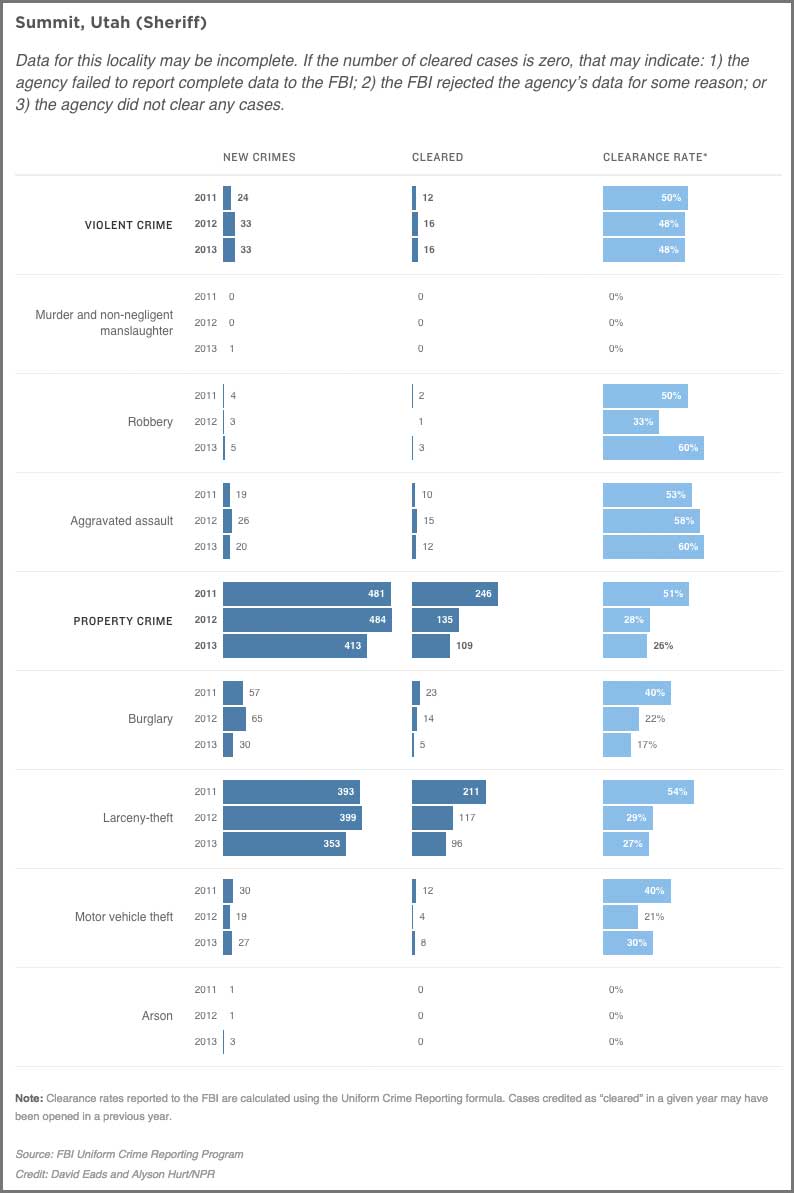
If you’d like to perform your own search, you can access their data here:


